The Hidden Cost of Endless Flavor Choices
Flavor innovation has emerged as both a marketing marvel and a potential minefield in today's fast-paced food and beverage industry.
With brands racing to stay relevant, shelves fill with bold mash-ups like jalapeño–mango seltzer and marshmallow–lavender cereal. But for flavor professionals, the question isn’t just “can we make this?”—it’s “should we?” Constant novelty risks weakening brand identity, confusing customers, or even backfiring.
Why Brands Keep Expanding Flavor Lines
FOMO & Shelf Visibility
Consumers love novelty—and brands know it. A new flavor on the shelf may encourage impulsive buying. Almost 50% of consumers are inclined to purchase an LTO offering.

Seasonal Magic
Classic combos like pumpkin spice and peppermint bark flavored drinks dominate holiday LTOs . Psychologically, flavors resonate on an emotional level–they don’t just taste good, they feel good, tapping into nostalgia and mood.

Tech Makes It Easy
Modern modular flavor systems allow us to combine or tweak flavor compounds quickly and at scale. This efficiency fuels rapid iteration and endless experimentation. But with every flavor made easy to produce, it becomes harder to discern what truly matters.

When Too Much Flavor Turns Into Noise
When Too Much Flavor Turns Into Noise

Consumer Overwhelm
Too much choice can be paralyzing. Just as with apps or subscription plans, an excessive selection of flavors can lead to decision fatigue. Shoppers confronted with dozens of exotic variants might simply walk away—or pick the familiar.

Brand Equity at Risk
Scattershot flavor releases risk undermining brand identity. Launching something wildly off-brand—like a nostalgic candy line suddenly introducing ultra-spicy herbal flavors—can confuse loyal consumers and dilute brand equity.

SKU Cannibalization
Each SKU demands production line adjustments, new ingredient sourcing, and extra QA. Quality control becomes infinitely harder when you're juggling 100 different flavor formulations.
The Psychology of Flavor Confusion

Paradox of Choice
Barry Schwartz’s dictum applies: too many options can overwhelm, depress purchase intent, and lower satisfaction post-purchase. The flavor industry isn’t immune: an overabundance of limited editions can make navigation overwhelming, with repeat purchasing becoming the casualty.
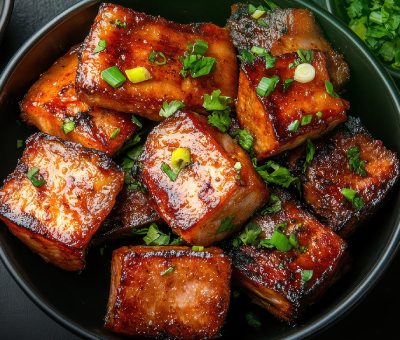
Comfort Anchors
Consumers often crave novelty—but not at the expense of trust. A surprisingly delicious flavor still needs a familiar baseline. For instance, broccoli-flavored soda might intrigue, but a strawberry-basil twist anchored in fruity sweetness feels intuitive and welcome.

Expectation Violations
A brand known for comforting vanilla launching ultra-spicy hibiscus chile? Expect misaligned expectations and consumer confusion.
Flavor With Purpose
Flavor innovation offers immense creative and commercial power. But like alchemy, potency depends on precision. The most brilliant flavor advances happen when novelty is woven tightly into familiar brand DNA, underpinned by robust trend data, moderated with technical expertise, and managed with operational discipline.
For flavor scientists and R&D leads: your work shapes more than flavors—it steers brand perception, loyalty, and bottom lines. And that’s why this matters.
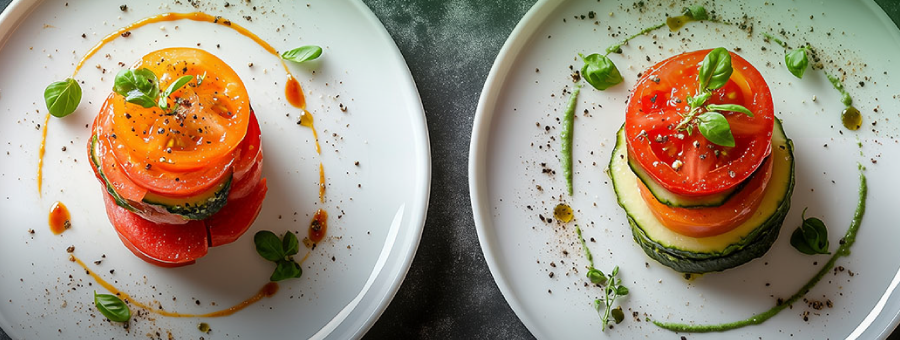
Key Takeaways:
- Balance novelty with familiarity—root your extensions in brand DNA.
- Vet trends with robust data—avoid chasing fleeting social media hype.
- Use modulation tools to align novel notes with your sensory signature.
- Limit extensions—PR over quantity.
- Monitor post-launch equity using repeat-purchase rates, sentiment, and brand health metrics.
Insights & Trends

When Less Is More

From Snack to Savor

Precision Fermentation
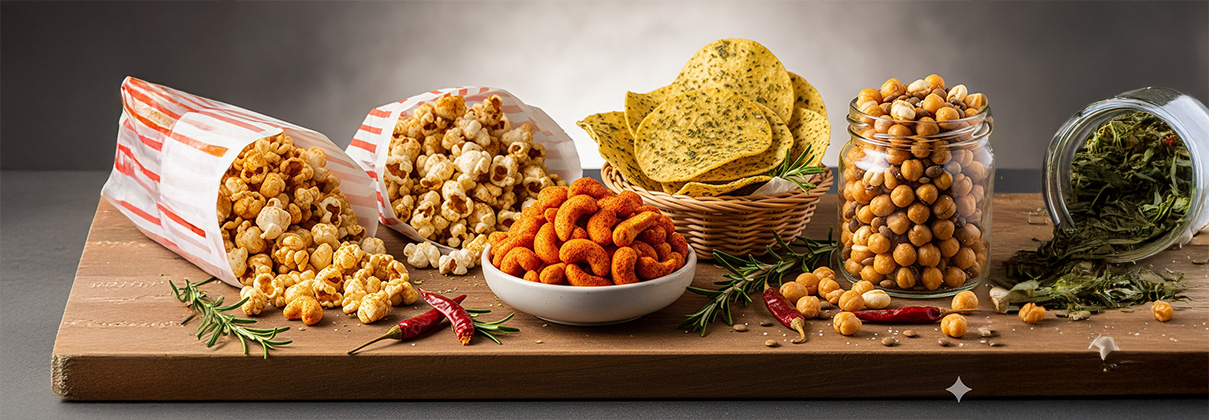
Snackification Nation
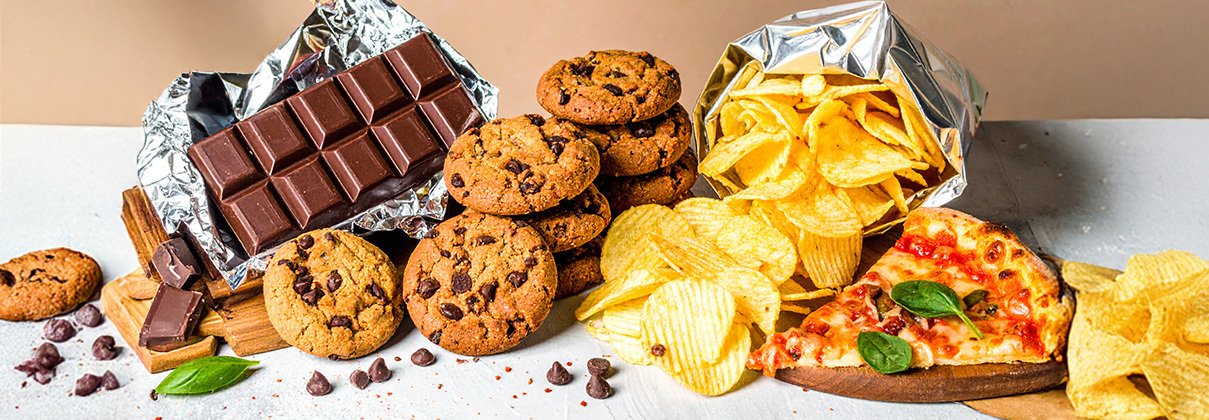
Snack to the Future

Fizz With Benefits
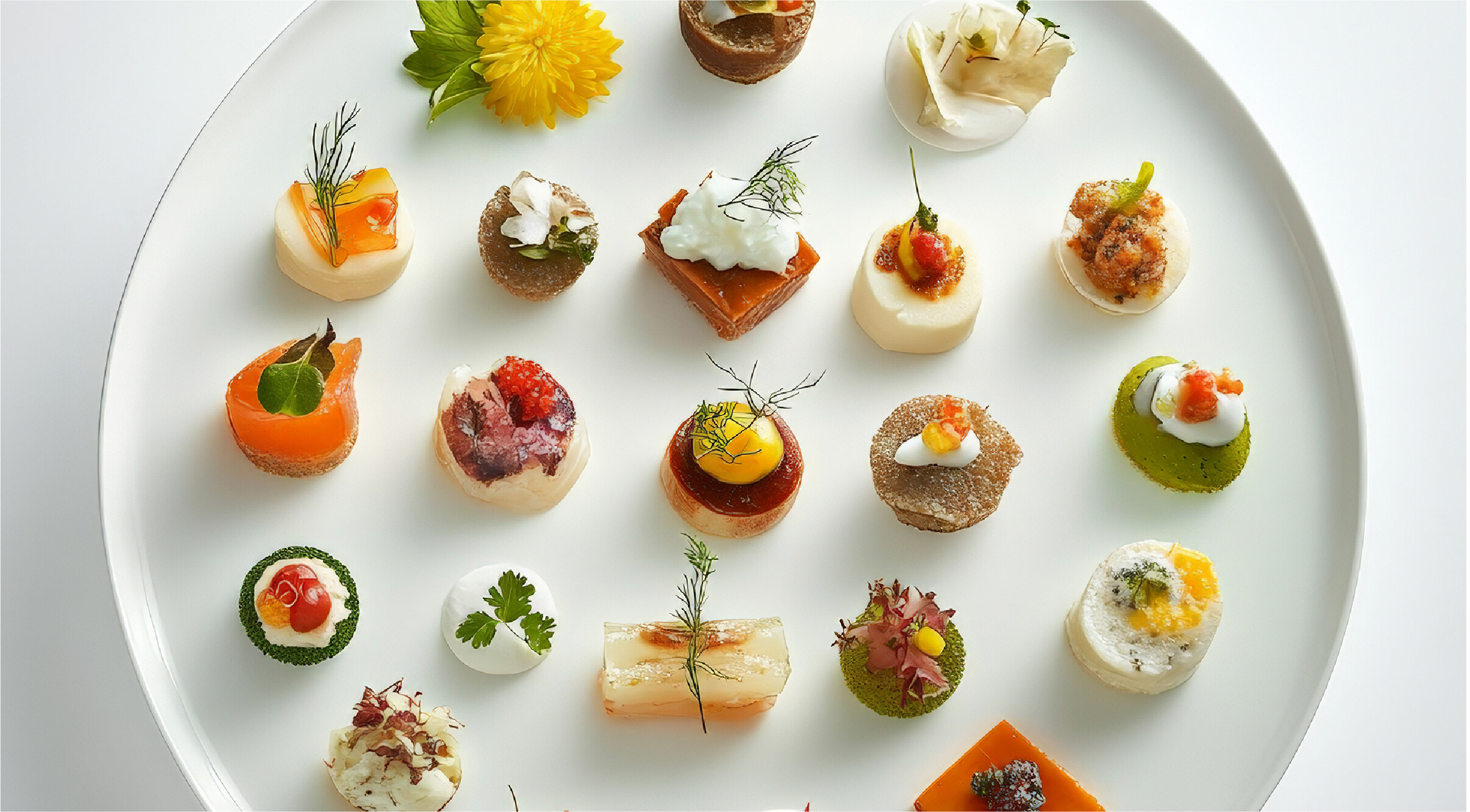
Satisfy in a Single Bite

From Brine to Brain
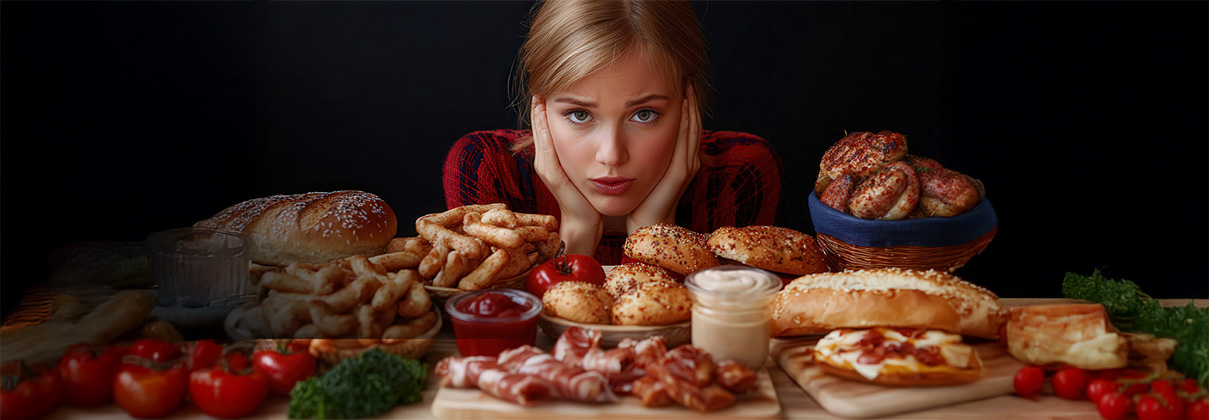
Taste Bud Turmoil

